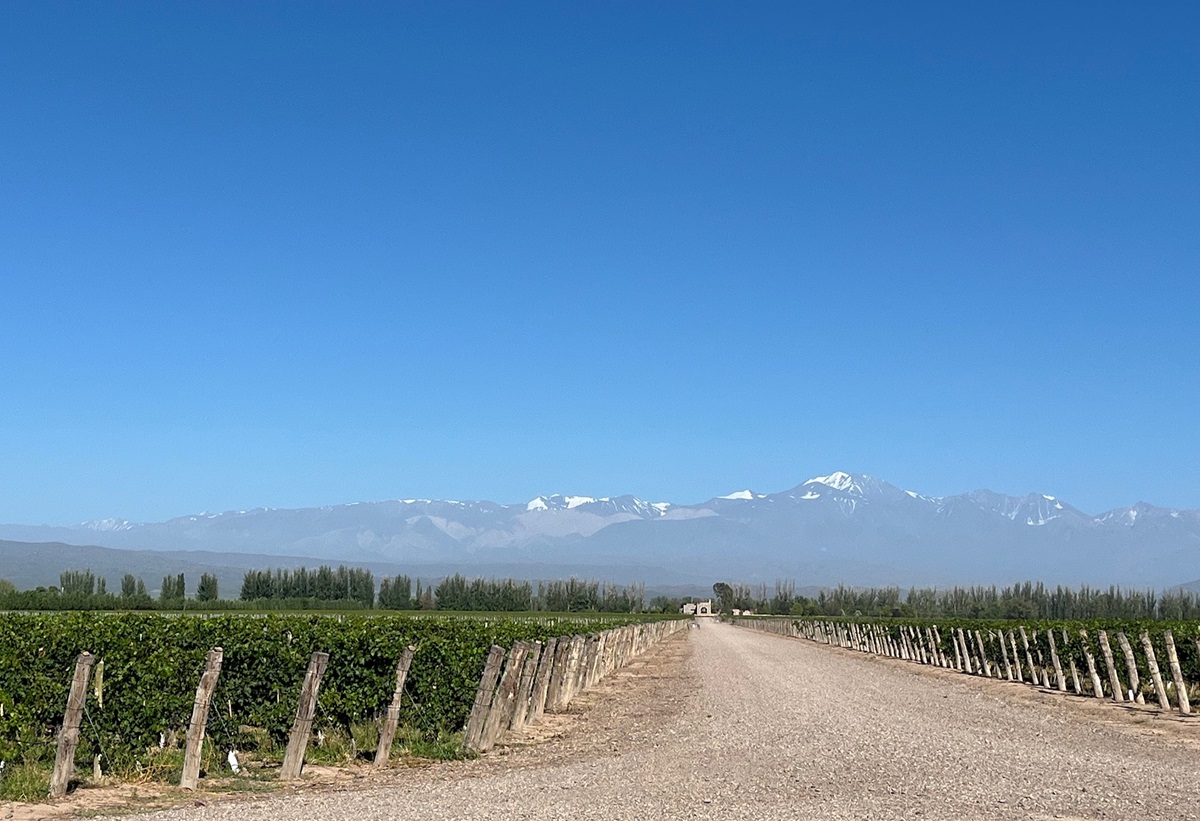100 YEARS OF ZWEIGELT
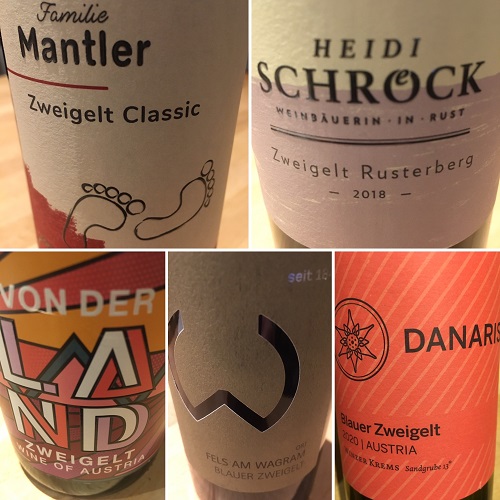
By Rose Murray Brown MW Published in The Scotsman 22 January 2022
One hundred years ago, two ‘vitis vinifera’ grapes were crossed at the Klosterneuburg Research Institute near Vienna to create a new grape called breed number 71-2, which later became known as Zweigelt.
Today this highly successful 1922 crossing of red Blaufrankisch and St Laurent grapes is Austria’s most planted red grape. Today there are 6,230 hectares of Zweigelt planted across Austria, but it is still little known outside the country with only a small amount in Germany, Hungary, Czech Republic and UK.
Professor Fritz Zweigelt, who the grape is now named after, was an entomologist who specialised in maybugs. He was a rather controversial character as a National Socialist follower – arrested in 1938, later freed in 1945, charged for treason in 1948 and then freed once again – but his ground-breaking grape breeding legacy is how he is remembered today.
Back in the 1920’s Zweigelt was head of Federal Vine Cultivation in the First Austrian Republic at a time when grape breeding was highly important – as new, reliable, economically sustainable varieties were much needed. His staff members Paul Steingruber and Leopold Muller created the Blaufrankisch/St Laurent cross commenting on their new creation as having “splendid colour…taste and smell – excellent, very nice type of red wine”.
Today we know the grape as Zweigelt, but for 50 years it was known as Rotburger, to show that Blauburger and Goldburger grapes shared a similar origin. In 2018 it was proposed to change its name to Blauer Montag (Blue Monday) referring to Dr Zweigelt’s socialist past – but in 1975 when it was starting to become popular with growers it was eventually named after its creator.
The first to propagate it in their own vineyard in the 1960’s was the famous Austrian grape grower Lenz Moser, a pupil and admirer of Professor Zweigelt’s work. Moser was attracted to the new grape’s frost hardiness (important for his special high canopy training method), dependable flowering, fertility, rot resistance, early ripeness and low acidity.
In Rust in Burgenland, winemaker Heidi Schrock’s father Wilhelm was the first to plant Zweigelt in his region in 1968: “My father was curious to work with a new grape, initially planting it in our Kreften vineyard on limestone soils – he made some very good dark coloured wines full of forest fruits”, says Schrock.
Zweigelt’s quality, versatility and consistent yields meant it grew in popularity in the 1980s and 1990s. Today the grape represents 14% of Austria’s vineyard area in Carnuntum, Wagram, Kamptal, Weinvertel north of Vienna and Burgenland, with plantings three times larger than for its mother grape Blaufrankisch.
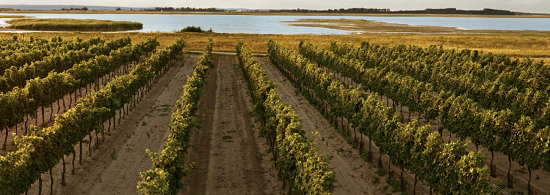
The most significant ‘DAC’ area for Zweigelt is Neusiedlersee (pictured above) in Burgenland, with 1,500 hectares of Zweigelt, one quarter of this region’s plantings. It is Austria’s warmest area and the grape suits the rich humus soil of the Pannonian lowlands and gravel on the gentle slopes further away from Lake Neusiedl on the foothills of Parndorf heathland.
Notable Neusiedlersee producers are Weingut Lentsch with stunning single vineyard Zweigelt, Gerard Pittnauer, Umathum and Hannes Reeh who has 60% of his vineyards planted to Zweigelt making both still and sparkling.
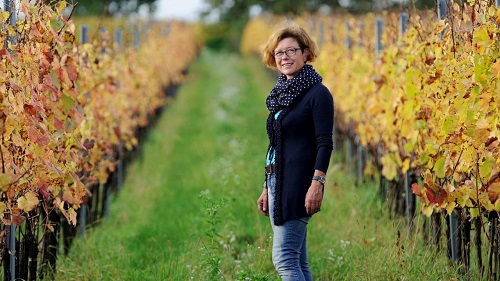
Heidi Schrock (pictured above) in Rust on the western side of Lake Neusiedl in Burgenland now plants Zweigelt at higher altitude on the south-east slope of Rust hill to benefit from wind and prevents it getting stem paralysis, grape wilt or botrytis.
“It’s a sensitive rebel”, says Schrock. ”We prune Zweigelt short to have fewer grapes. I think when it was crossed in 1922 the idea was to have a high yielder, but we go for fewer grapes and higher quality. When picking we have to be very careful as some grapes can be dark, but still sour; if you touch them they are soft and weak in your hands”.
Schrock, whose Rusterberg Zweigelt was a clear winner in our tasting, says she particularly likes Zweigelt’s “aromas of wild sour cherries and forest floor – and its charming finish”.
Like its white Austrian counterpart Gruner Veltliner, Zweigelt is both versatile and diverse. As our tasting demonstrates, it can make light-hearted fruit-driven juicy fresh attractively deep coloured reds perfect for summer chilling – as well as stronger structured fuller-bodied barrique-aged reds, but always elegant with soft tannins, ideal for matching with smoked meats or winter meat stew.
TASTE TEST
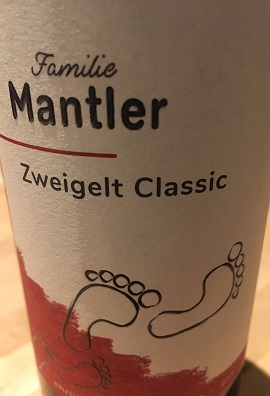 Niederosterreich: ZWEIGELT 2019 Familie Mantler (13.5%) ***GOOD VALUE***
Niederosterreich: ZWEIGELT 2019 Familie Mantler (13.5%) ***GOOD VALUE***
£8.50 The Wine Society
Deep dark colour, bright crunchy cherry fruits, fleshy ripe succulent palate with racy acidity and smooth tannins.
Niederosterreich: VON DER LAND ZWEIGELT 2019 Ferdinand Mayr (13%)
£8.99 / £11.99 Majestic Wine
Deep colour, meaty earthy notes with herby undertones, slight spritz to palate, quite dense.
Kremstal: DANARIS BLAUER ZWEIGELT 2020 Winzer Krems (13%) ***GOOD VALUE***
£9.99 / £11.99 Laithwaites
Palest, softest and most Beaujolais-like style in our tasting; light cherry fruits, very soft, smooth & light tannins – easy to drink on its own.
Wagram: FELS AM WAGRAM BLAUER ZWEIGELT 2018 Weinhof Waldschutz (13.5%)
£18.80 Alpine Wine
Deep dark colour, crushed black pepper and black cherry fruit aromas, rich dense palate with a refreshing bitter twist to finish – serve with spicy sausages.
Neusiedlersee, Burgenland: ZWEIGELT 2020 Allacher (13%)
E8.50 (Not yet available in UK)
Fruit forward style with smoky spicy flavours and sour cherry notes with bitter undertones; made from a mix of stainless steel and old barrique.
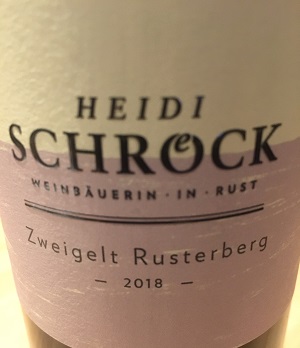 Burgenland: RUSTERBERG ZWEIGELT 2018 Heidi Schrock (13%) ***STAR BUY***
Burgenland: RUSTERBERG ZWEIGELT 2018 Heidi Schrock (13%) ***STAR BUY***
£19.99 Fine Wine Co Musselburgh
Aromatic gently perfumed rich morello cherry fruit aromas, bittersweet palate with velvet smooth gentle tannins, so elegant, beautifully balanced and complex. Very good.
Join Rose’s Grenache v Garnacha wine tasting on Thursday 10 February in Edinburgh www.rosemurraybrown.com
wine tastings
The perfect gift for the wine enthusiast in the family. Rose does In-person tastings too.
cellar advice
Rose does cellar valuations for private clients, valuations for insurers & bespoke portfolio management.
Related stories
March 31, 2024
By Rose Murray Brown MW Published in The Scotsman 30 March 2024 On 2 February 1659, the first wine made from grapes grown in South Africa was crafted by the Governor of the Cape, Jan van Riebeeck. He had planted vines four years earlier in the Company’s Garden near Cape Town from cuttings imported from France. Van Riebeeck’s first
March 24, 2024
By Rose Murray Brown MW Published in The Scotsman 16 March 2024 Heatwaves and bushfires were very much on the agenda when I visited Chile last month as winemakers prepared for their 2024 harvest in blistering heat and drought, with a plume of smoke from the devastating fires lingering over coastal hills. Heat and drought are the greatest challenges
March 23, 2024
By Rose Murray Brown MW Published in The Scotsman 9 March 2024 I have two glasses of Malbec in my hands from the same high-altitude vineyard in Uco valley in Argentina. I am in the Catena Institute of Wine in Mendoza with winemaker Agustin Silva. He has asked me to taste the two wines, both from the 1500m high



